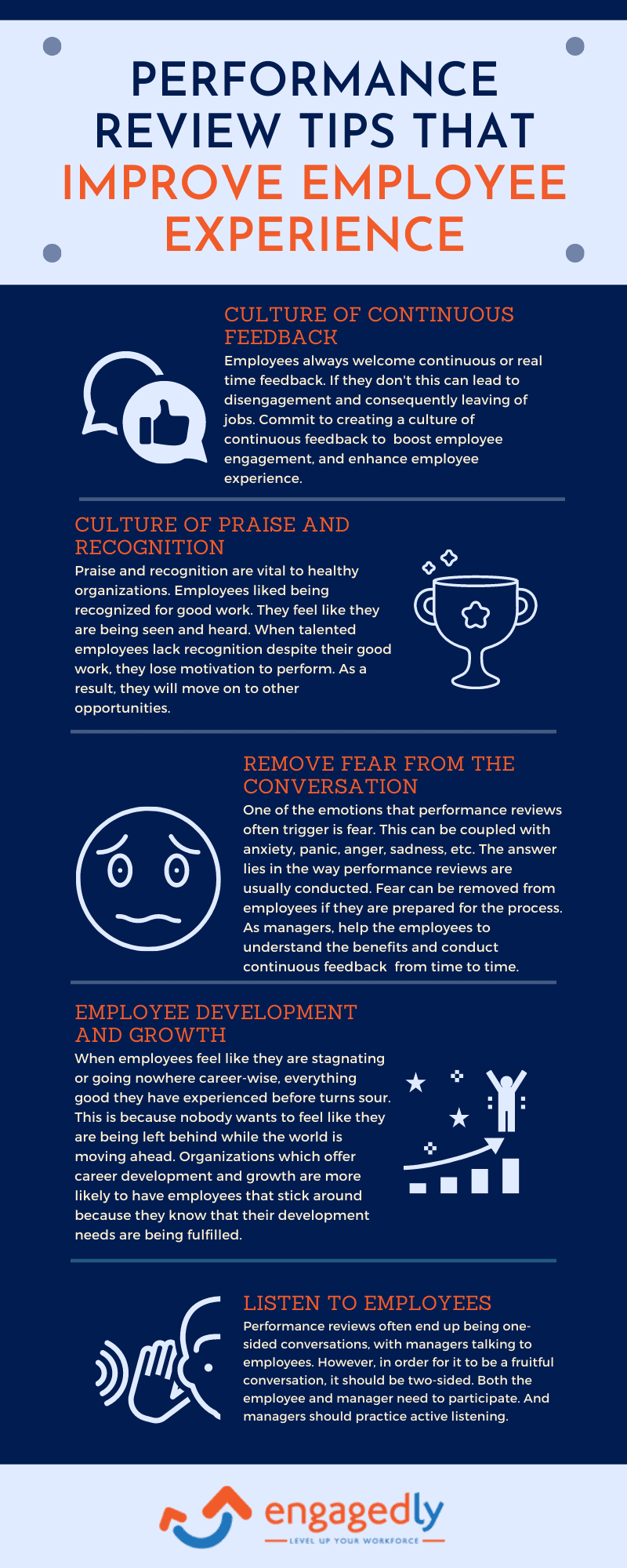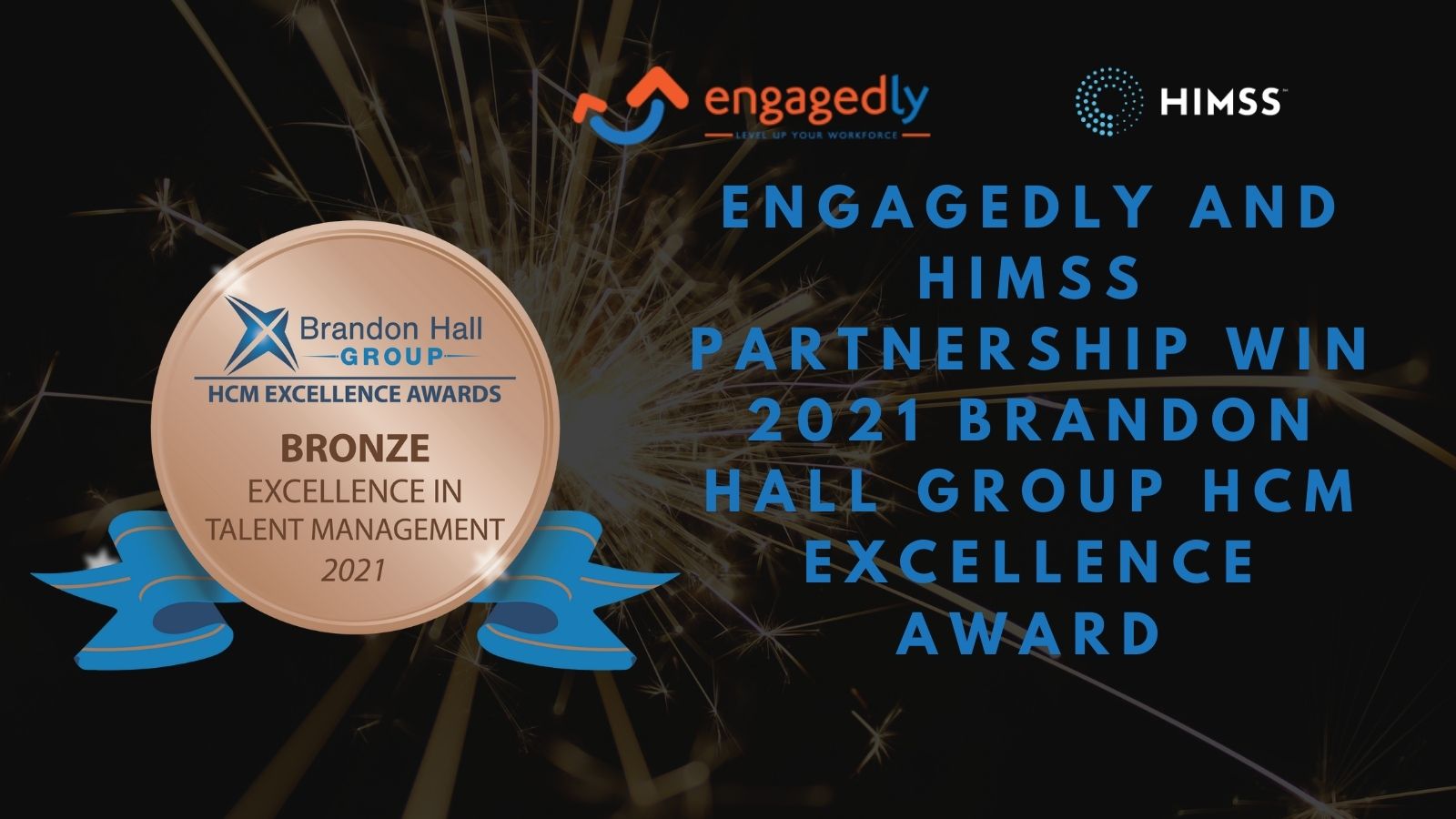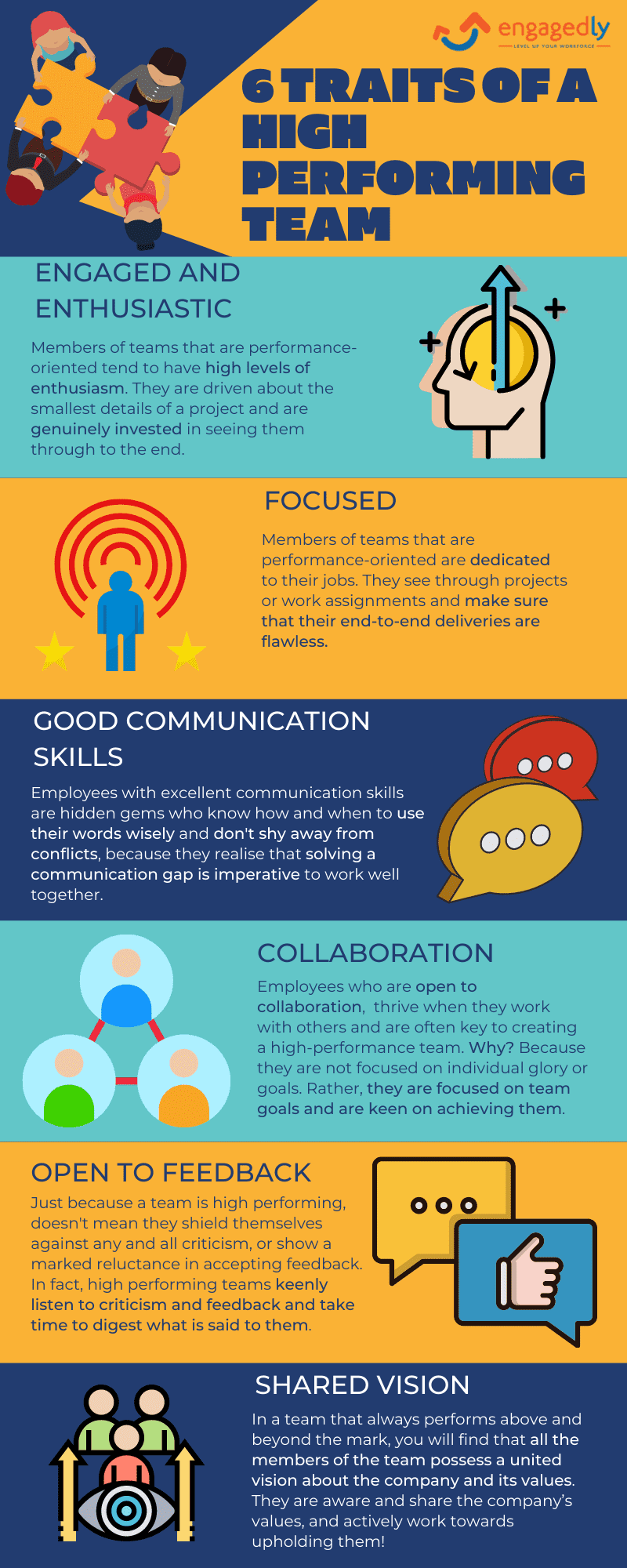The corporate world has completely changed in comparison to what it was two years ago. Organizations adapted themselves to new methods of working and employees became completely remote due to the pandemic. In the current scenario, while many organizations are shifting to a hybrid model of work, remote work is here to stay.
This makes it essential for organizations to shift to performance management software from the traditional paper- based processes. While traditional performance management processes were not easy to follow, with the arrival of the pandemic it has become completely impossible.
Performance management has evolved at a quick pace over the last few decades. Earlier, annual performance reviews were the indisputable norm. It was a dreadful affair for both the managers and the employees. But now it is not just a yearly process, it has become flexible, continuous and more comprehensive. This helps employees to stay engaged and on the right track.
Also Read: 7 Proven Ways To Be A Better Leader In The Workplace
Traditional performance processes work fine when organizations are small or have a very simple review process. But once organizations get bigger and job roles get more complex, there’s a need for software to enhance the process, or rather, to ease the process.
Benefits of performance management software for your organization?
Helps Understand Goals Better
A recent study by Gallup indicates that about 50% of employees do not know what is expected of them at their workplace.
Imagine a situation wherein a remote employee is expected to put in his or her 100% effort but is not sure where this is headed or what’s the end result of this. Do you think she or he will be able to put in that much effort? Performance management software enables the company to have clear-cut goals and makes them visible to every employee. Every employee gets to see how their effort can help the company achieve higher-level goals.
When they see how they can make an impact at the individual level, it makes them want to strive harder. Managers can easily keep a track of their team performances remotely and can provide feedback accordingly.
Also Read: How To Set Effective Employee Goals?
Simplifies The Performance Management Process
One of performance management software’s biggest advantages is that it can be extremely easy to use, depending on the choice of software. All the things required for a review cycle are in one place, most of the processes are automated, and once the review information has been added, such as start dates, review templates, etc., there’s not much else an HR manager has to do, except oversee the entire process.
Even better, HR managers don’t have to frequently remind employees to complete their reviews. Most software has built-in reminders that will prod employees to complete the review process. The software takes the burden off HR’s shoulders and instead allows them to focus on the outcome of performance reviews, rather than the whole process of it.
Performance Management Software Stores Historical Data
With a performance management software in place, you can access data anytime and it helps to make quick and efficient decisions. They provide old and new data in one place, for you to compare and understand patterns and identify any gaps or bottlenecks. It becomes easy to track the performance level.
Also Read: Employee Feedback:The Do’s And Don’ts
Integrates All Aspects Of Employee Development
Performance management software does not focus solely on the review process alone. Rather, they offer other features as well, such as the ability to share feedback, goals and objectives, an LMS, etc. All these features are often integrated so that when the review process is going on, users can view an employee’s complete profile, such as the feedback they have received, the goals they could complete, to what extent they could complete their goals, or even what new skills they have learned.
Performance management software paints a broad picture of an employee’s performance. It helps everyone make informed decisions during the review process.
Gives Better Insights And Analytics
Performance management software can provide a very illuminating look at an employee’s performance. This is not just related to ratings and feedback they have received over the past years. Rather, many performance management software also offer performance analytics that track employee performance in graphical chart format, calculate leadership potential, etc. This way, you can also track how well an employee is performing remotely compared to when she or he was present in office.
These employee insights can help others make informed review decisions when reviewing performance. And they can also help managers make compensation decisions or even promotion decisions.
Also Read: The Ultimate Guide To Effective Employee Surveys
Better Visibility and Control Of The Process
Conducting the review process through performance management software offers HR managers much greater control over the entire process. They can control when the cycle starts and when it ends, how many employees should participate in the cycle, etc. HR managers can also restrict review visibility, call back reviews etc, thereby also maintaining a fair and just review process.
As a manager, you have a ton of other responsibilities, other than just tracking your employees’ performance. So if you wish to be more efficient and handle things with ease, a performance management software is your best option.
Want to know more about real-time performance management software? Request us for a quick demo!


![Guide to Effective One On One Meetings[Infographic]](https://engagedly.com/wp-content/uploads/2021/10/have-effective-one-on-ones-with-team.jpg)





![Performance Review Tips To Improve Employee Experience[Infographic]](https://engagedly.com/wp-content/uploads/2021/09/how-performance-reviews-improve-employee-experience.jpg)











![Traits Of High Performing Teams[Infographic]](https://engagedly.com/wp-content/uploads/2021/08/high-performing-teams-trait.jpg)




![6 Tips To Create A Disability Friendly Workplace [Infographic]](https://engagedly.com/wp-content/uploads/2021/08/disability-friendly-workplace-tips.jpg)



![6 Reasons Why Your Employees Leave[Infographic]](https://engagedly.com/wp-content/uploads/2021/06/why-employees-leavr-e1624964847826.jpg)
